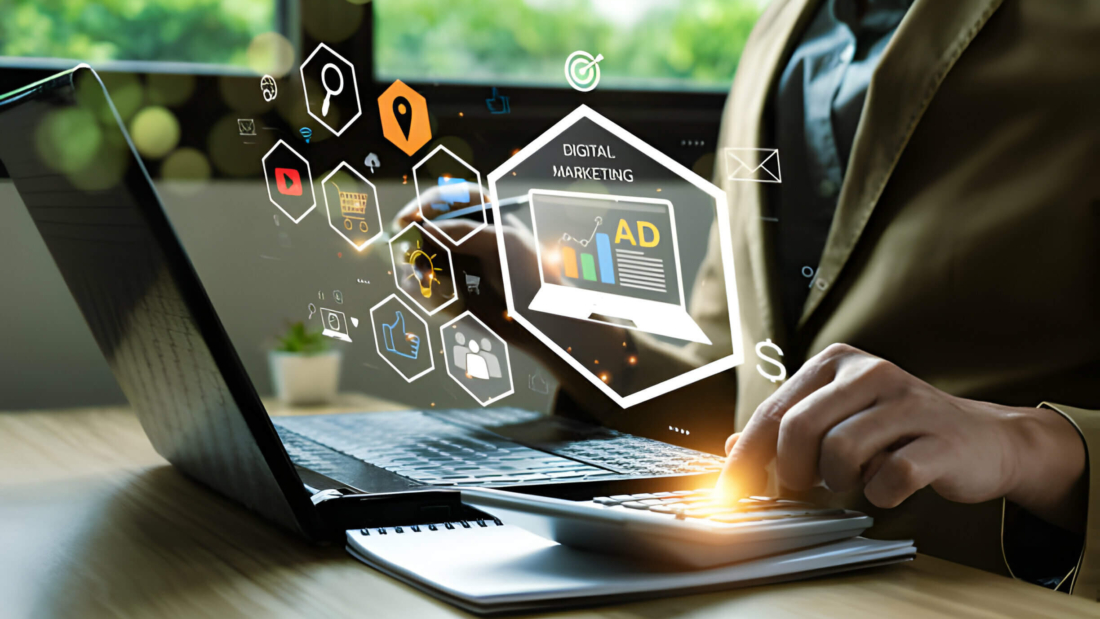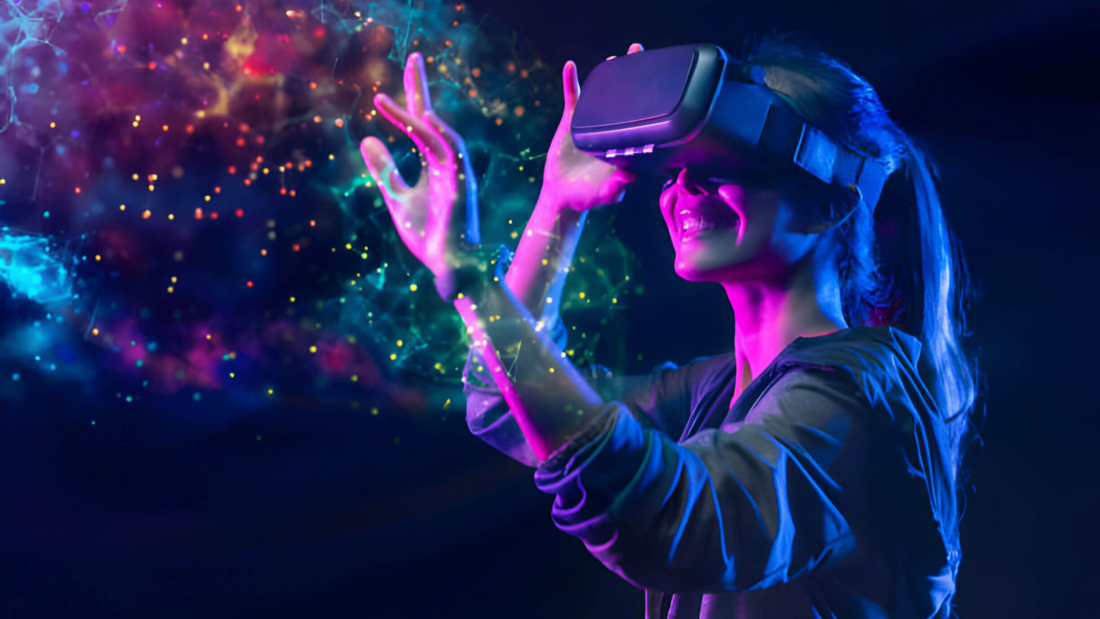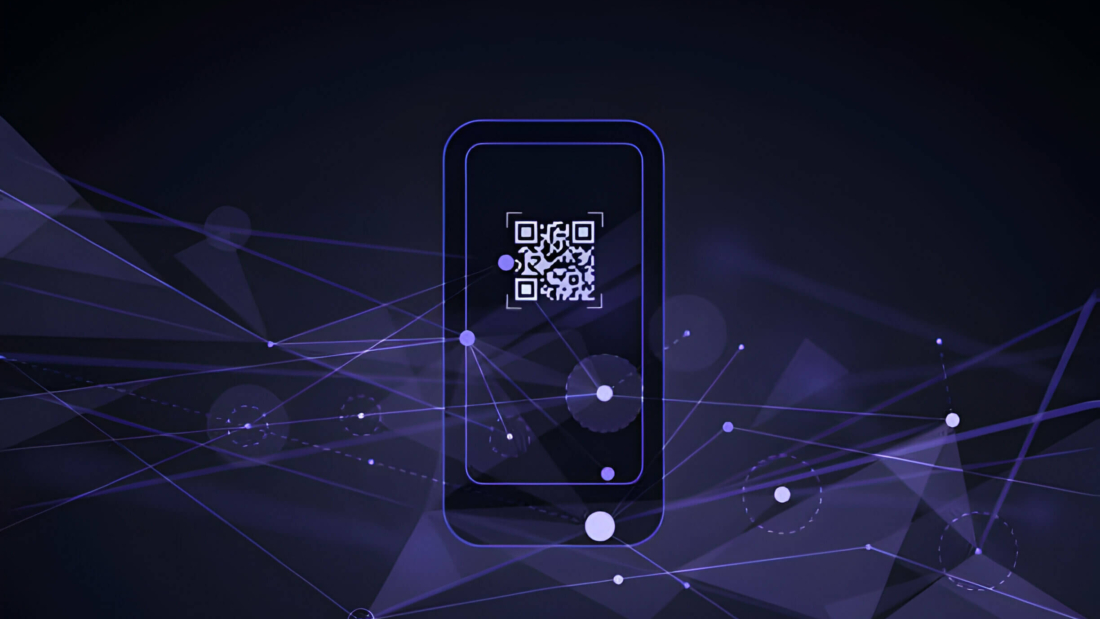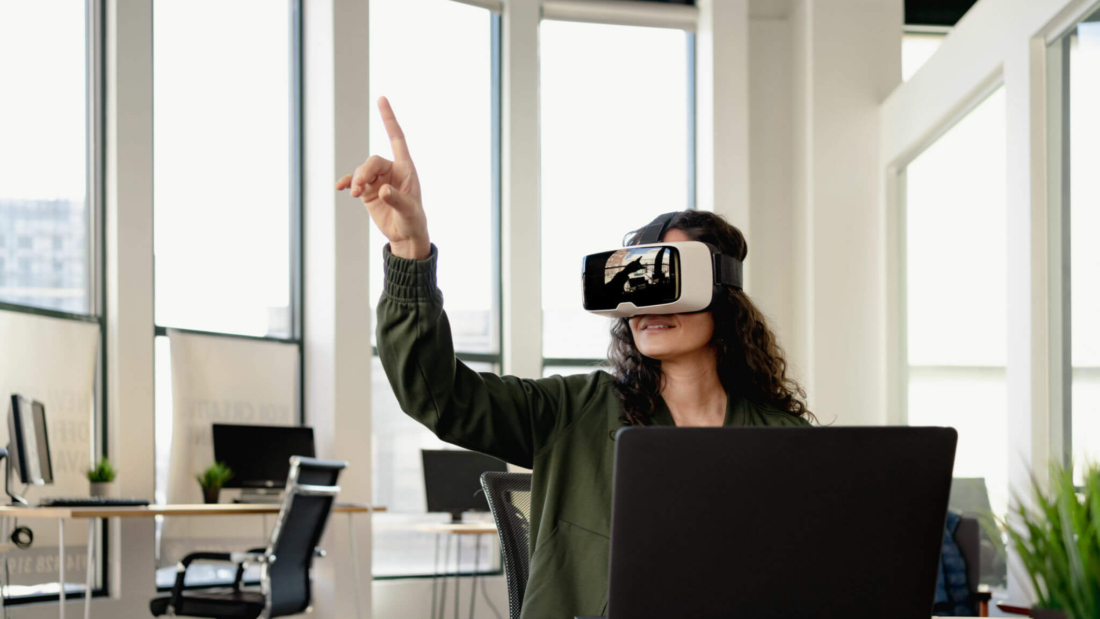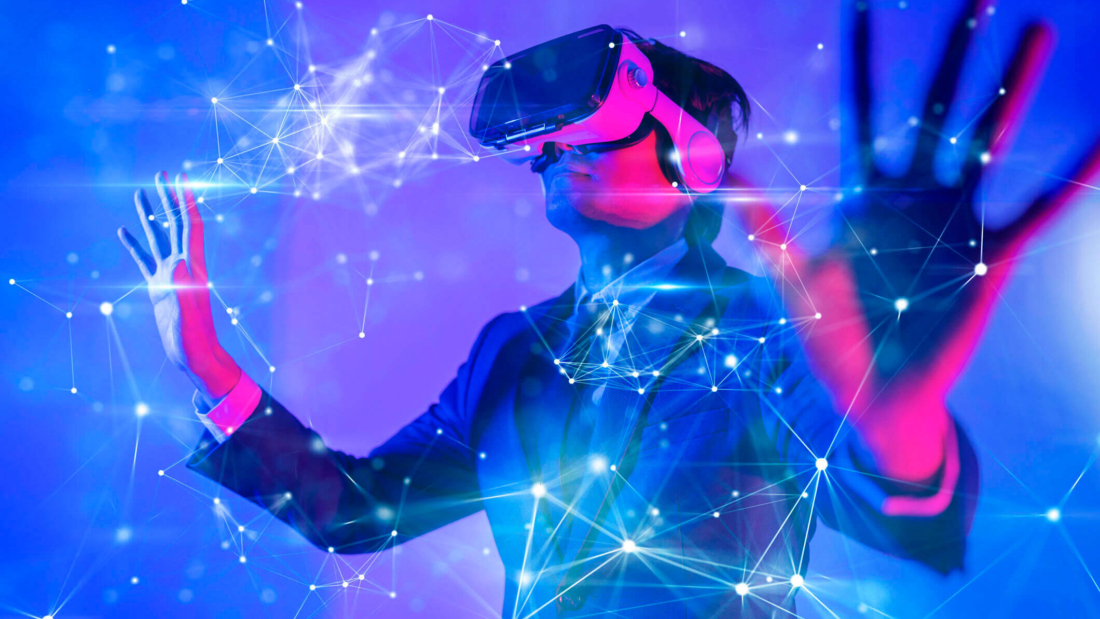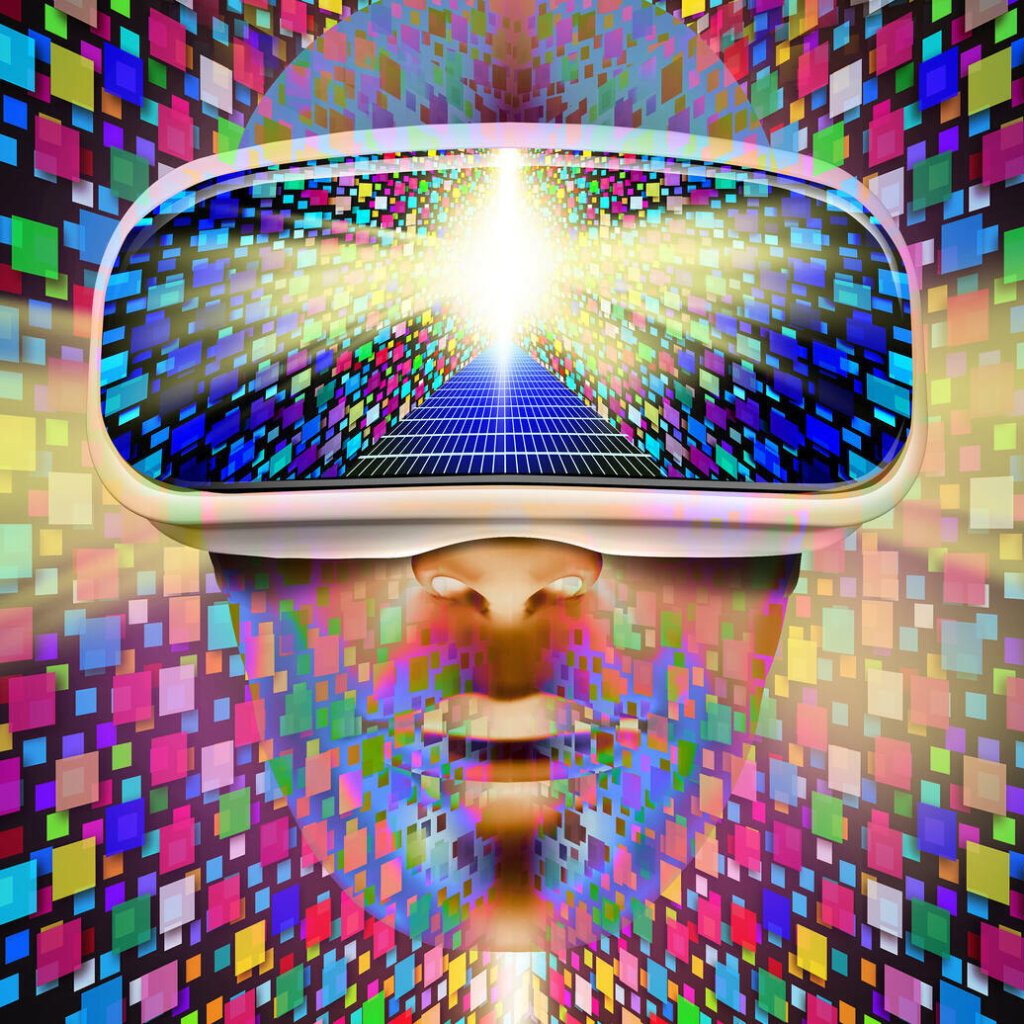In the dynamic landscape of digital marketing, personalization has emerged as a key driver for capturing and retaining audience attention. Customized marketing strategies not only create a more engaging experience for your audience but also contribute significantly to conversion rates. In this guide, we delve into actionable strategies to achieve relevance at scale, ensuring your personalized marketing efforts resonate with a broad audience.
1. Segmentation for Precision
- Begin by segmenting your audience based on demographics, behavior, and preferences.
Segmentation lays the foundation for effective personalization. Understand your audience’s unique characteristics, preferences, and behaviors to tailor your marketing messages accordingly. This targeted approach enhances the relevance of your content for each segment.
2. Data-Driven Insights
- Leverage analytics tools to gather actionable data for informed decision-making.
Utilize data analytics to gain insights into customer behavior, purchase history, and engagement patterns. This data-driven approach enables you to make informed decisions on the type of content, offers, and communication channels that will resonate most with your audience.
3. Dynamic Content Creation
- Implement dynamic content that adapts to individual user behavior in real-time.
Create personalized content that dynamically adjusts based on user interactions. This can include personalized product recommendations, tailored email content, and adaptive website elements. Dynamic content ensures that your audience receives a customized experience at every touchpoint.
4. Automation for Efficiency
- Incorporate marketing automation tools to streamline personalized campaigns.
Marketing automation allows you to execute personalized campaigns efficiently. Automate processes such as email campaigns, social media posts, and targeted ads, ensuring that your personalized content reaches the right audience at the right time.
5. Behavioral Triggers
- Identify key behavioral triggers and align personalized content accordingly.
Understand the customer journey and identify key triggers that indicate intent or interest. Tailor your personalized content to align with these triggers, creating a more responsive and timely marketing approach.
6. Optimized User Experience (UX)
- Prioritize seamless user experiences across all channels for maximum impact.
Ensure that your personalized marketing efforts translate into a cohesive and seamless user experience. Optimize your website, emails, and other touchpoints to reflect a consistent and personalized brand experience, enhancing user satisfaction and trust.
7. Testing and Iteration
- Regularly test and iterate your personalized marketing strategies for continuous improvement.
Embrace a culture of continuous improvement by regularly testing the effectiveness of your personalized campaigns. Analyze the results, gather feedback, and iterate on your strategies to optimize for better outcomes over time.
Conclusion: Mastering marketing personalization requires a strategic blend of data insights, dynamic content creation, and seamless automation. By implementing these strategies, you can not only create a highly personalized experience for your audience but also ensure scalability and relevance at every stage of the customer journey.

